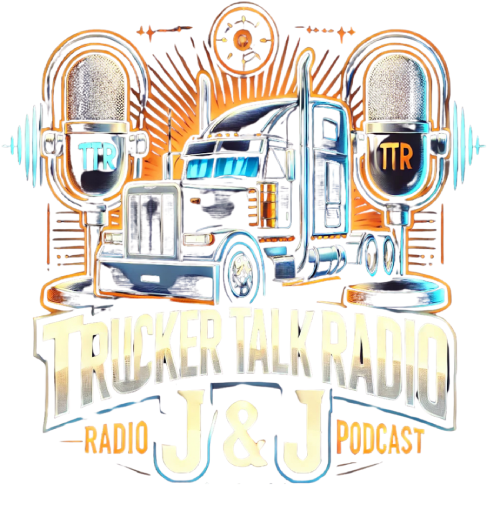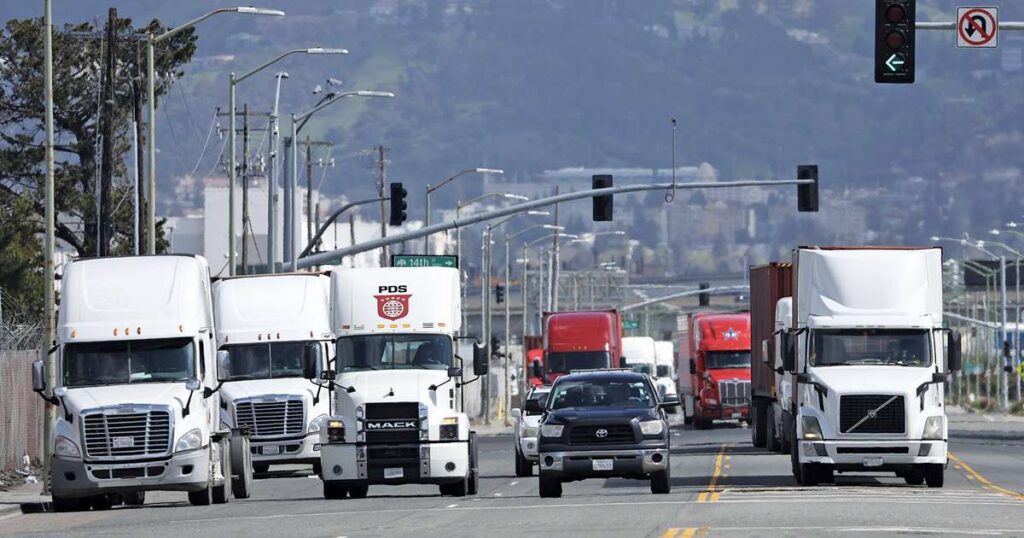[Stay updated on transportation news: Subscribe to TTNews.]
Infrastructure Developments
In 2024, truck drivers on U.S. highways observed numerous construction activities, a clear sign of significant investments in road and bridge improvements marking the third anniversary of the $1.2 trillion bipartisan infrastructure law enacted in 2021.
In October, transportation officials revealed an additional $62 billion in funding aimed at further enhancing roads, bridges, and tunnels across all states.
Ongoing Challenges
However, these positive developments did not address persistent issues such as the ongoing truck parking shortage, pressures against the independent owner-operator business model, the push to replace diesel trucks with electric ones, or the rise in nuclear jury verdicts in courts nationwide.
Economic Concerns
Another indicator of the current climate in 2024 was the continued unease surrounding the economy. For the second consecutive year, economic concerns topped the list of issues faced by the industry, according to a survey by the American Transportation Research Institute, which highlighted rising operational costs amid a prolonged freight recession and falling freight rates.
Despite the economic struggles, specialists expressed cautious optimism for improvement by 2025.
Regulatory Landscape
The year commenced with troubling news for independent contractors and associated carriers after the U.S. Department of Labor introduced a multi-step “economic factors” test. This measure aims to classify workers as either independent contractors or employees, raising alarm among industry stakeholders who believe it could jeopardize the independent trucking model.
The law draws parallels to California’s AB 5, which has faced legal challenges by the California Trucking Association against its requirements for owner-operators to be classified as employees. In August, the CTA decided to cease its legal battles due to recent losses.
Future Prospects
Despite the lack of significant regulatory changes in trucking throughout the year, some forward-moving items were noted. For instance, efforts were made to expand the Compliance Safety Accountability crash preventability program, enabling carriers to contest crashes deemed non-preventable.
Additionally, the Drug Enforcement Agency’s proposal to downgrade marijuana from a Schedule I to Schedule III drug was a significant regulatory item awaiting a response from the Department of Transportation, which has potential implications for motor carriers.
Legal Developments
The number of nuclear lawsuits remained a pressing issue in 2024, escalating to critical levels affecting the industry and insurance landscapes. Some states are taking steps to address this problem through local reforms. In Georgia, for example, Gov. Brian Kemp prioritized tackling the issue.
Other states, including Florida, have enacted laws aimed at reducing abuse related to lawsuit practices, but the effectiveness of enforcement remains crucial for long-term change.
Decarbonization Efforts
Many industry players expressed concern over the California and Environmental Protection Agency’s initiatives to accelerate the switch from diesel to electric trucks. New EPA regulations announced in March outlined strict timelines and benchmarks to cut greenhouse gas emissions from heavy-duty vehicles spanning 2027 to 2032, largely dependent on developing battery-electric and hydrogen-electric technologies.
At the end of the year, notable achievements and challenges in the trucking sector underscored the ongoing evolution and struggles within the industry, framing a complex landscape for 2025 and beyond.


